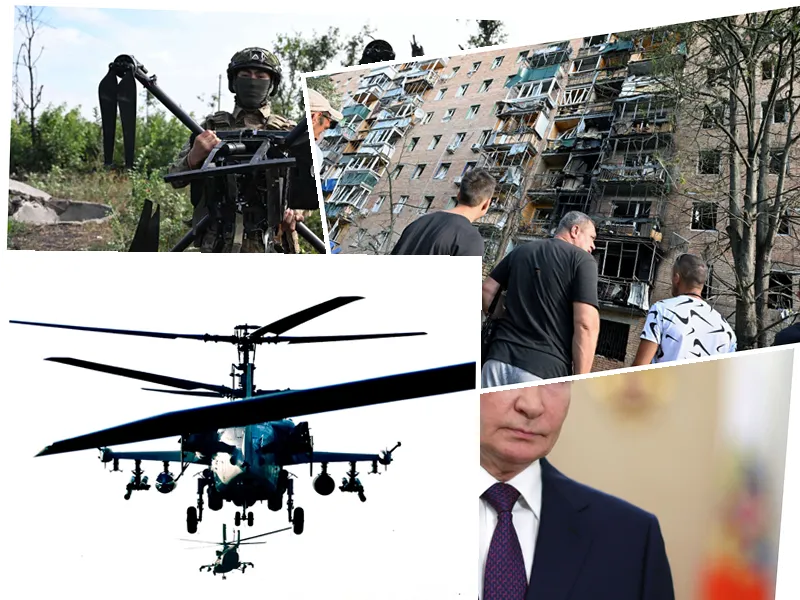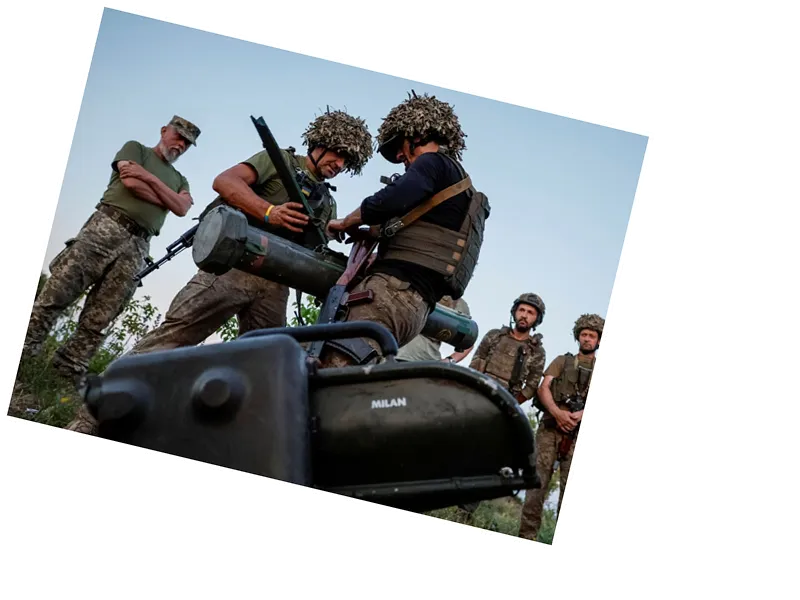Ukraine's Bold Offensive in the Kursk Region: A Game Changer in the War
In a surprising escalation of the ongoing conflict, the Ukrainian army has launched a significant offensive into the Kursk region of Russia, marking the first large-scale incursion into Russian territory since the war began in February 2022. On August 6, Ukrainian forces crossed the border, quickly taking control of 28 towns and advancing up to 30 kilometers into Russian territory, causing panic and prompting mass evacuations of civilians. Reports indicate that over 130,000 civilians have been evacuated from the affected regions, including Kursk and Belgorod, due to escalating hostilities.
The offensive has caught the Kremlin off guard, with Russian President Vladimir Putin accusing Ukraine of attempting to destabilize Russian society and improve its negotiating position. He stated that the losses for Ukrainian forces are increasing sharply, but the reality on the ground suggests otherwise. Ukrainian troops are employing advanced tactics, including the use of the 'Baba Yaga' drone, which has been effective in targeting Russian positions under the cover of night. This shift in strategy aims to stretch Russian resources and relieve pressure on other fronts in Ukraine.
The Human Toll and Strategic Implications of the Kursk Incursion
The impact of the conflict extends beyond military engagements, with significant civilian casualties reported. According to Russian officials, at least 12 civilians have died, and many more have been injured since the start of the offensive. The urgency of the situation has led local authorities to declare states of emergency in multiple regions and initiate extensive evacuation plans. The acting governor of Kursk has reported that around 121,000 people have been displaced due to the fighting, highlighting the human cost of this military escalation.
As battles continue, the Ukrainian government asserts that the operation aims to expose weaknesses within the Russian military and shift the war's dynamics in their favor. While the immediate effects of the offensive have raised morale among Ukrainian troops, analysts warn that the long-term consequences could lead to intensified retaliatory measures from Russia, potentially escalating the conflict further. Both sides are bracing for continued clashes as the situation develops, with the international community closely monitoring the humanitarian and geopolitical ramifications.
- The Ukrainian incursion into the Kursk region has not only surprised the Russian military but has also prompted significant strategic responses. Ukrainian President Volodymyr Zelensky acknowledged the operation, emphasizing its intent to shift the war onto the aggressor's territory. Meanwhile, Russian officials have reported that they are bolstering defenses and preparing for counter-offensives in response to the unexpected assault.
- The ongoing conflict has also raised alarms regarding nuclear safety at the Zaporizhzhia nuclear power plant, which has seen military activity in its vicinity. The International Atomic Energy Agency (IAEA) has been closely monitoring the situation, affirming that while there have been incidents, there is currently no immediate risk to nuclear safety. This aspect adds another layer of complexity to the already volatile situation, as both sides navigate the risks associated with military operations near critical infrastructure.






